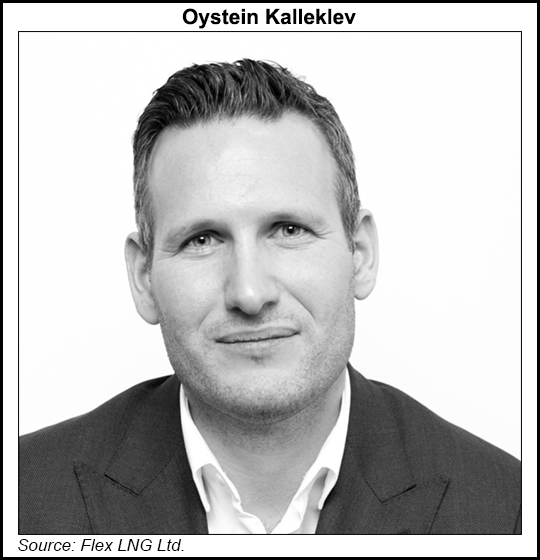LNG | E&P | Infrastructure | International | LNG Insight | Markets | Natural Gas Prices | NGI All News Access | Opinion
Flex LNG Chief Sees Tight Freight Markets, Volatility Ahead for Global Natural Gas Trade
© 2024 Natural Gas Intelligence. All rights reserved.
ISSN © 1532-1231 | ISSN © 2577-9877 |



